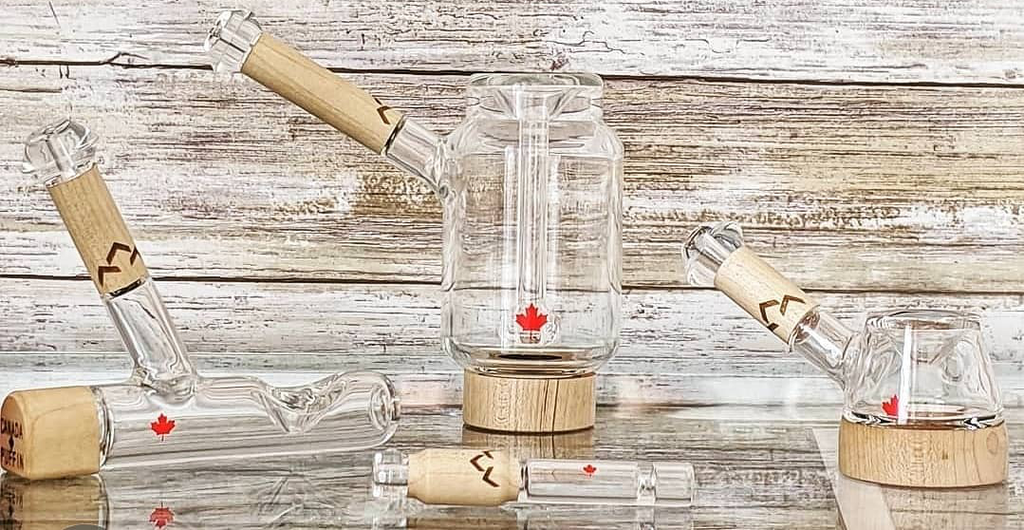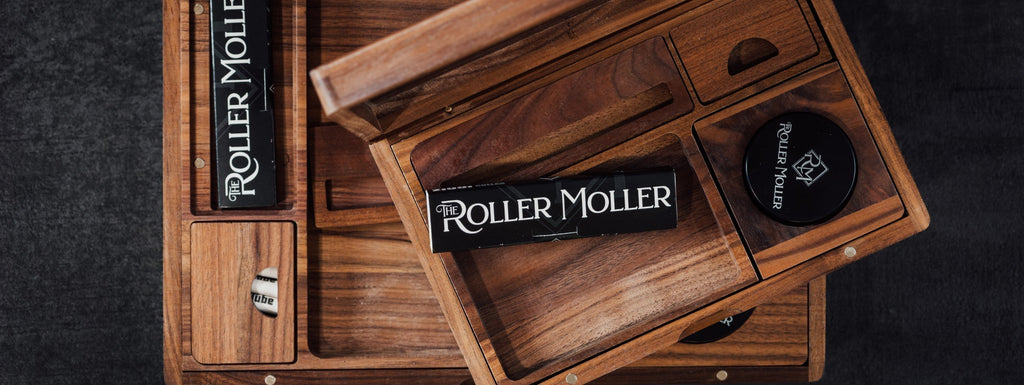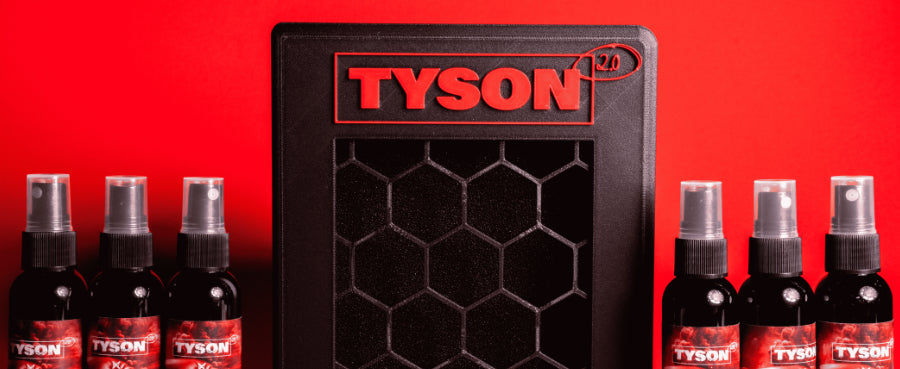
Top Tips For Calibrating Your Digital Scale
The importance of scale calibration for accuracy. This dalman blog covers the steps to calibrate your digital scale and provides a list of do’s and don'ts.
Digital scales are a great tool for many different applications, from kitchen scales right through to science and industrial use. It is important to calibrate your digital scale to ensure that it is providing a precise measurement.
We have some great resources to help guide you through the process and all of our scales come with a quick-start guide and include step by step instructions on how to calibrate your scale.
In this blog, we will provide a short how-to overview as well as some important tips to make sure that your scale is calibrated correctly.
How to calibrate your digital scale?
All our scales come pre-calibrated but it is worth re-calibrating because your local gravitational force is likely different than where it was manufactured, which can affect your weighing results by up to 0.5%. This may not sound like a lot, but it makes a big difference when measuring down to the tenth or hundredth of a gram. It’s also best practice to calibrate after any major change in the scale’s environment, which often occurs in shipping. The following steps will walk through the calibration process for an MTT On-Balance scale.
- Prepare the required calibration weight for your scale.
- Find a flat and level surface to perform calibration and let the scale adjust to room temperature.
- Press ON/OFF to turn the scale on and wait for the scale to stabilise.
- Press the CAL key. The display will show ‘CAL’.
- Make sure nothing is on the platform then press CAL again to confirm the zero point.
- The display will flash the required calibration weight.
- Add your 200g calibration weight to the centre of the platform.
- The display will show “PASS” then return to normal weighing mode
- You may now turn the scale off or continue weighing
Our top dos and don’ts when it comes to effective scale calibration
DO
- Use a calibration weight
- Calibrate before first use
- Calibrate your scale in the location where you are going to be using it
- Calibrate if the scale has been dropped or moved around a lot
- Calibrate if your scale has moved locations
- Calibrate if there is a significant temperature change where you use your scale
Don’t
- Use a DIY calibration weight like a pile of bag of sugar or other household item – these are not accurate
- Calibrate on an uneven surface
- Calibrate in an environment exposed to drafts, vibrations or magnetic fields
- Forget to TARE to ensure any surface dust or particles are accounted for
Order your calibration weights directly from our website.







